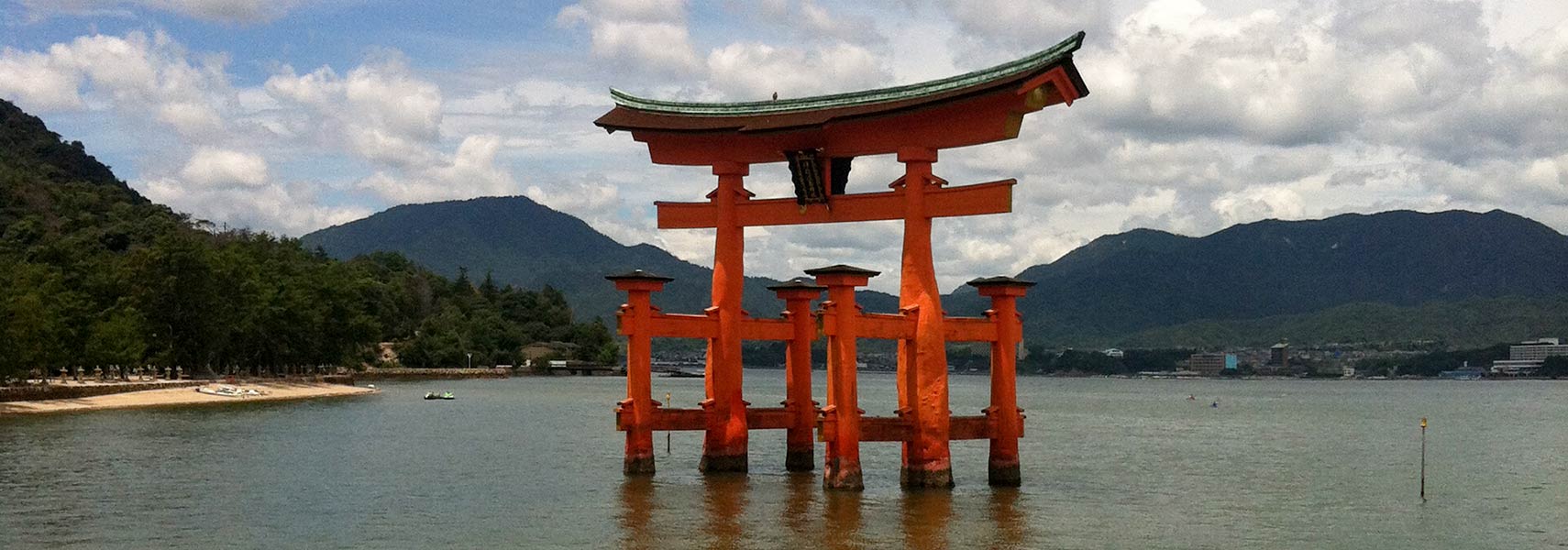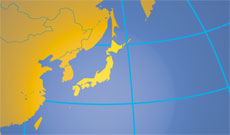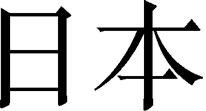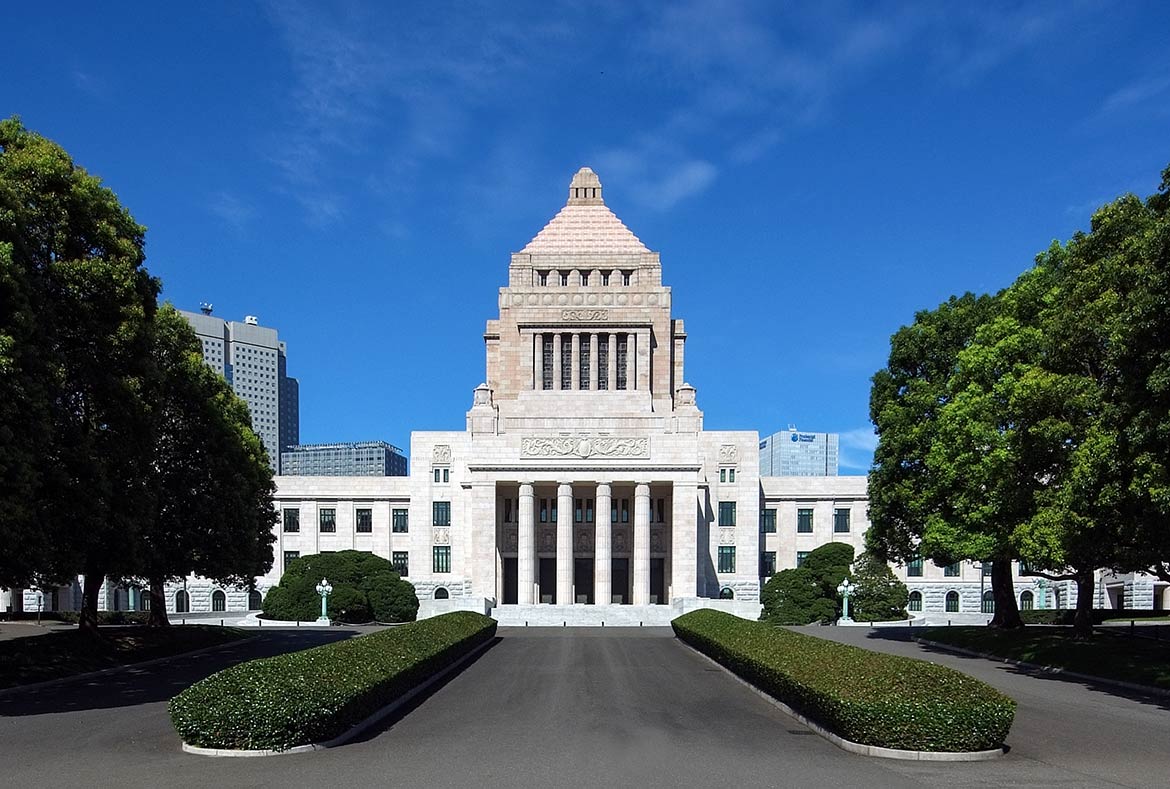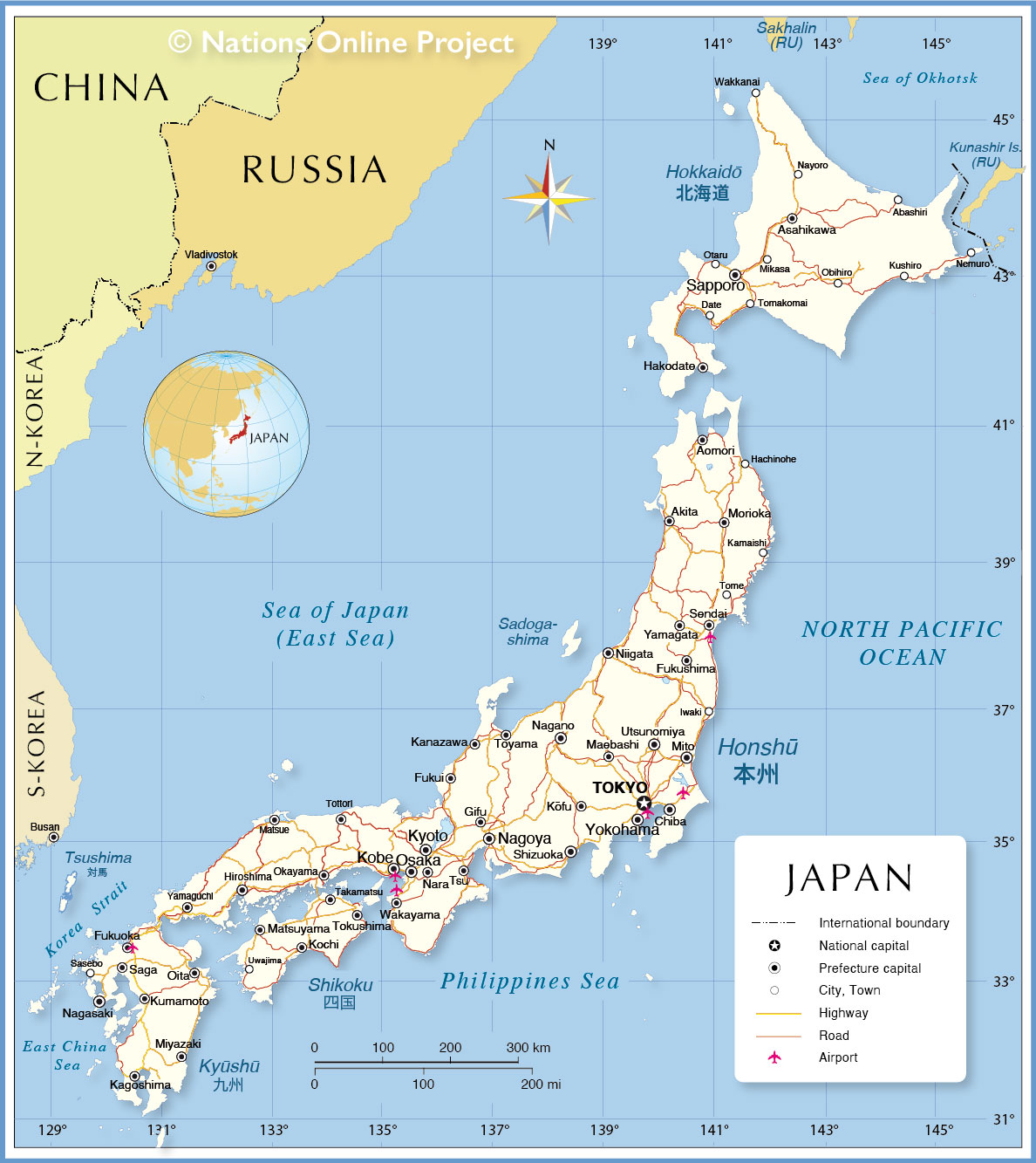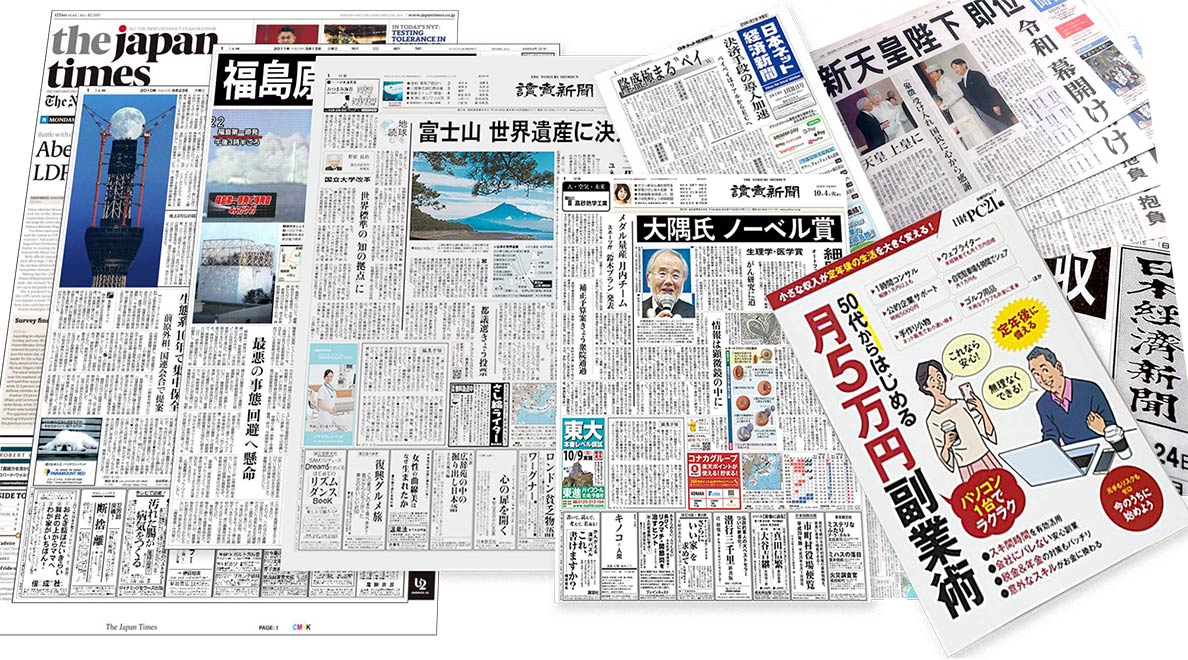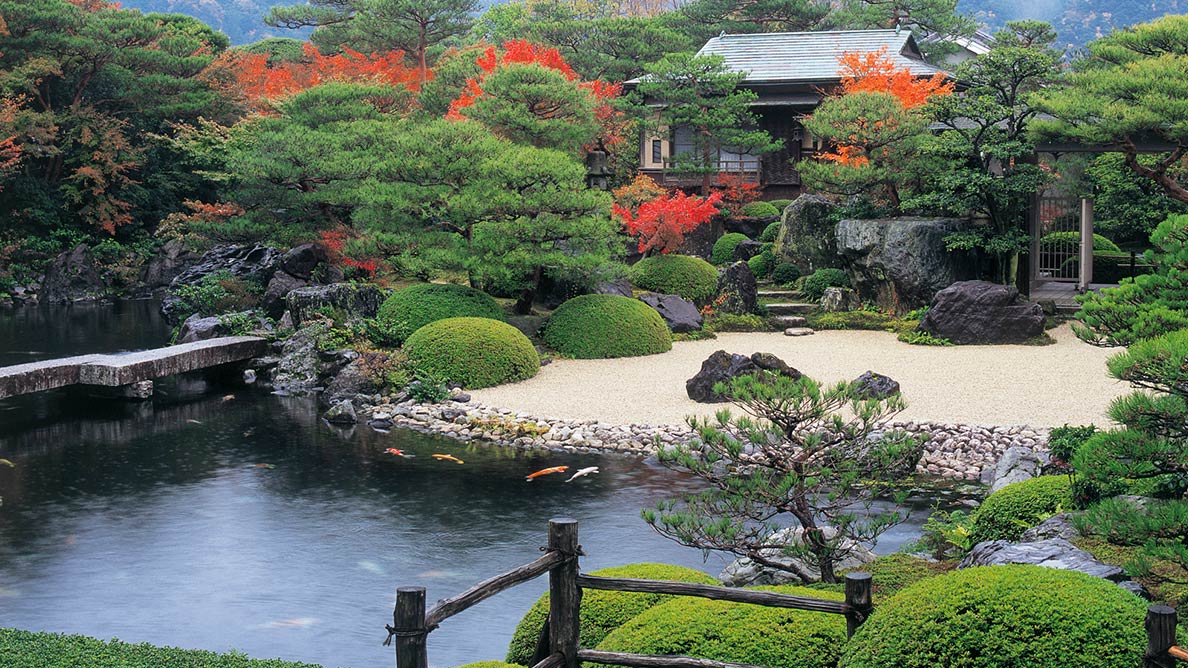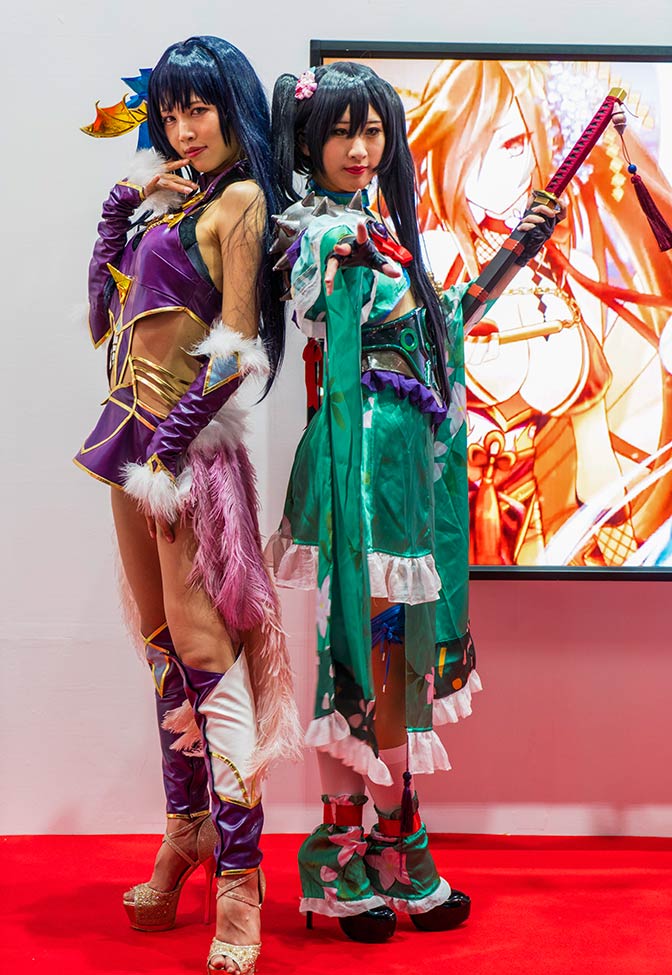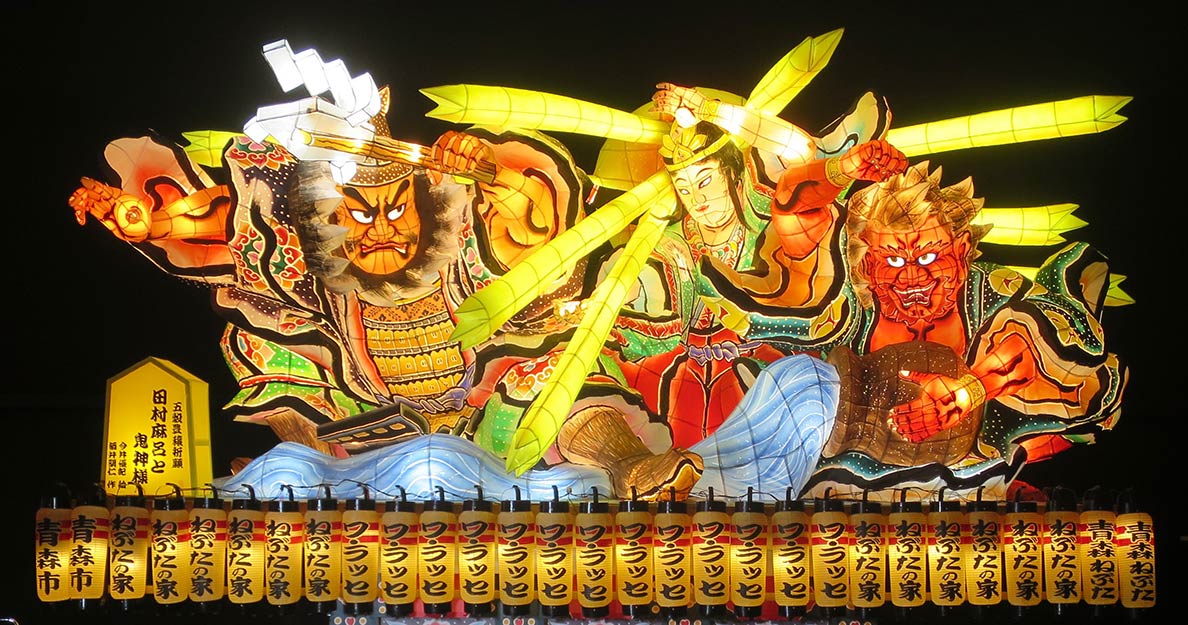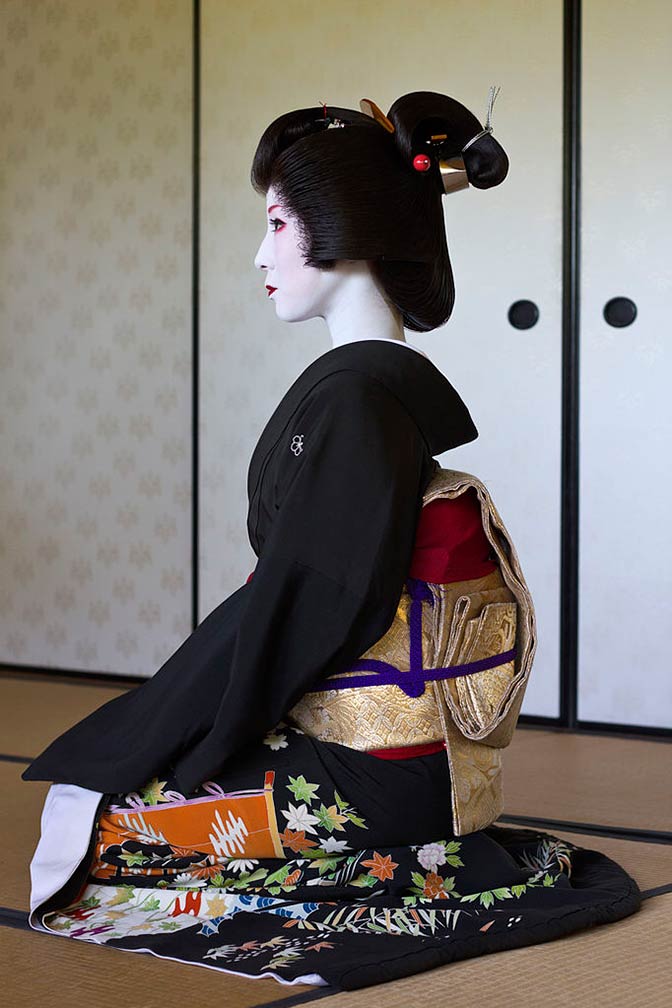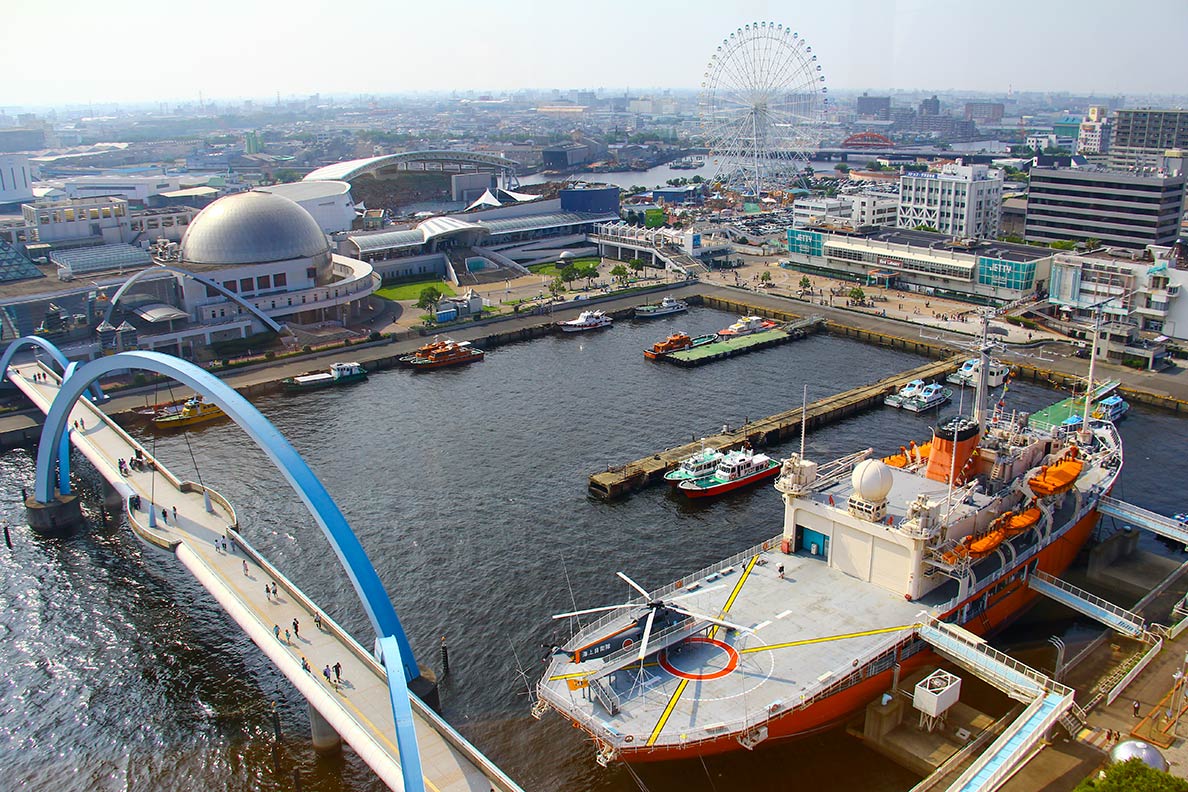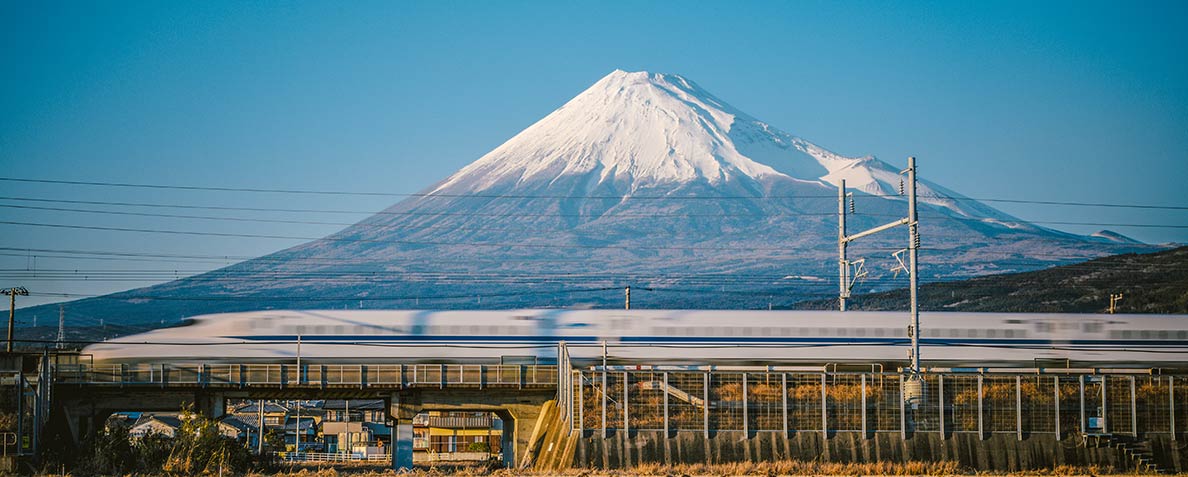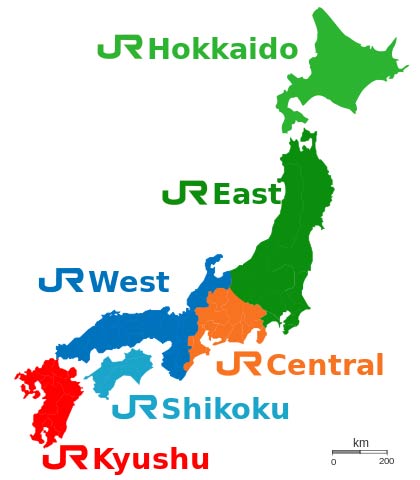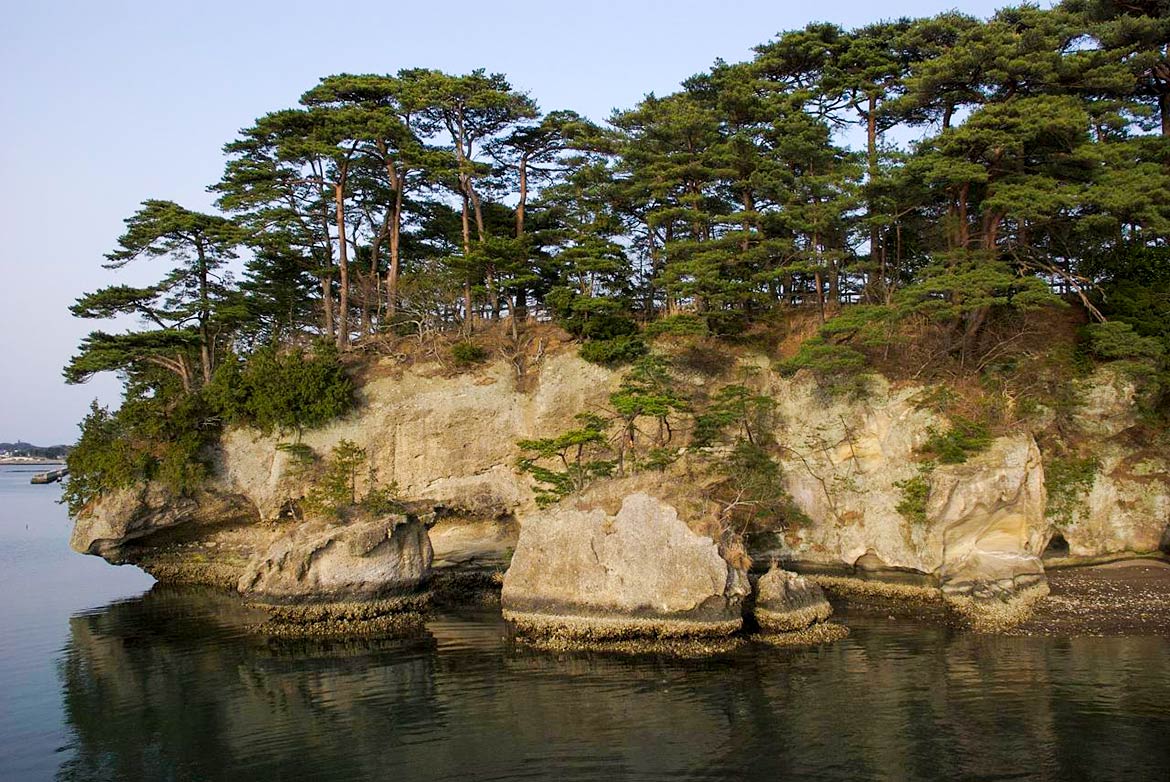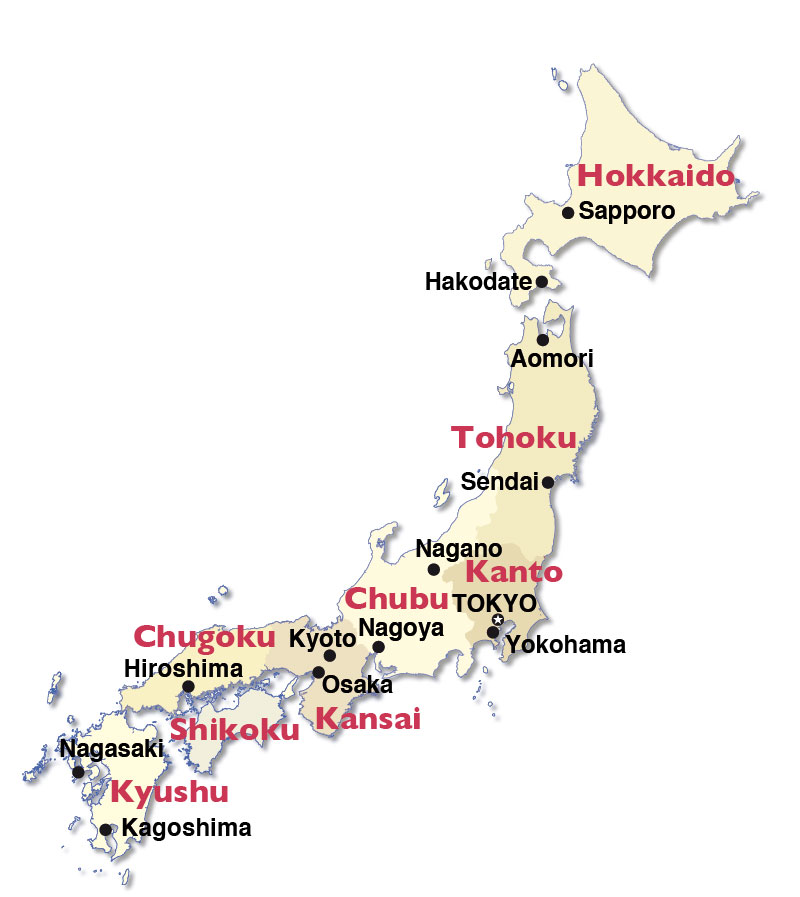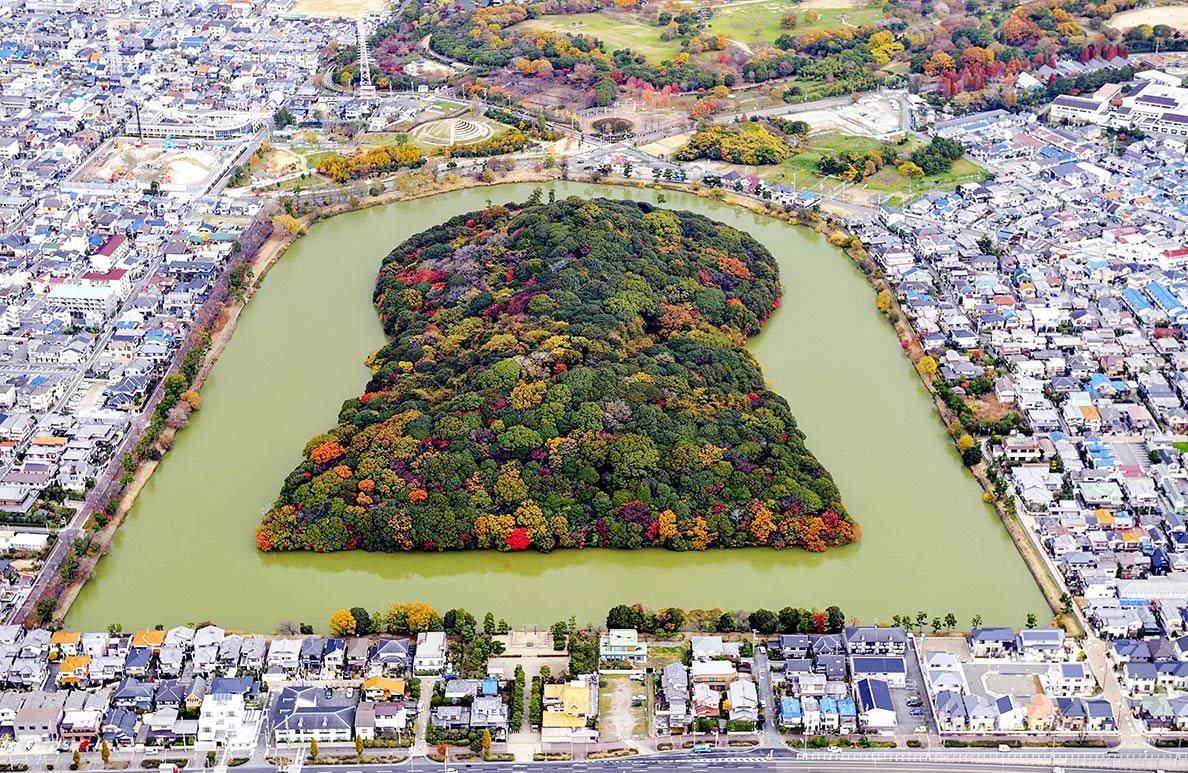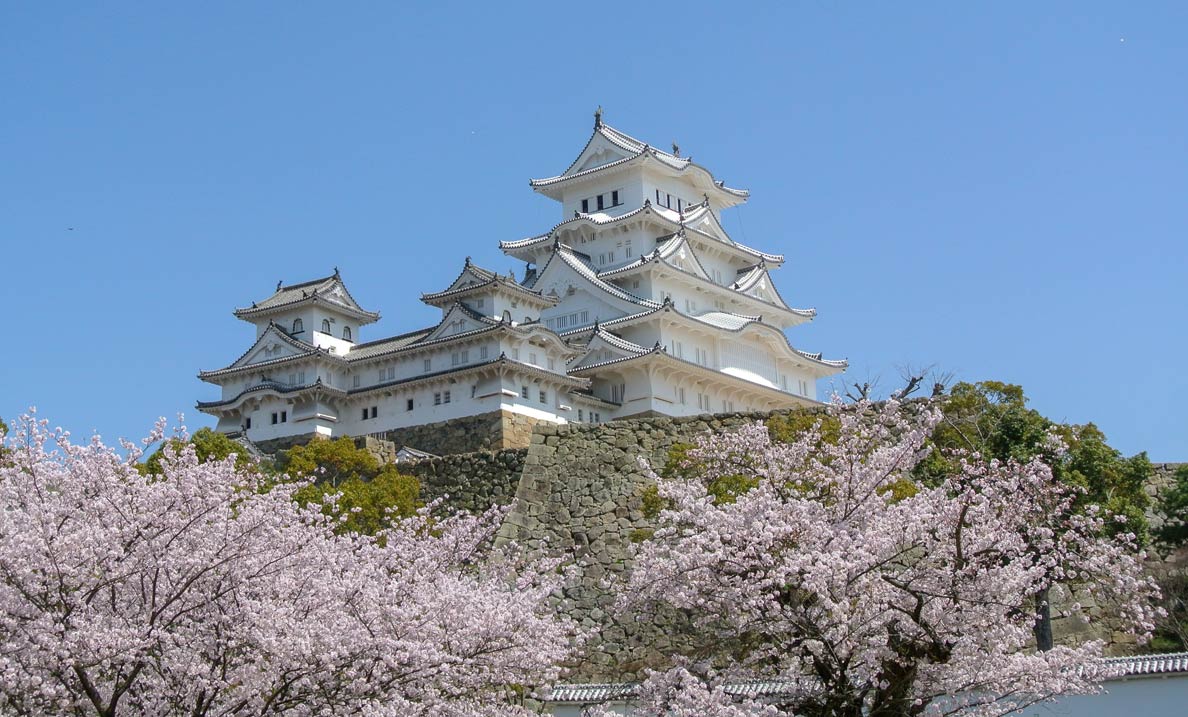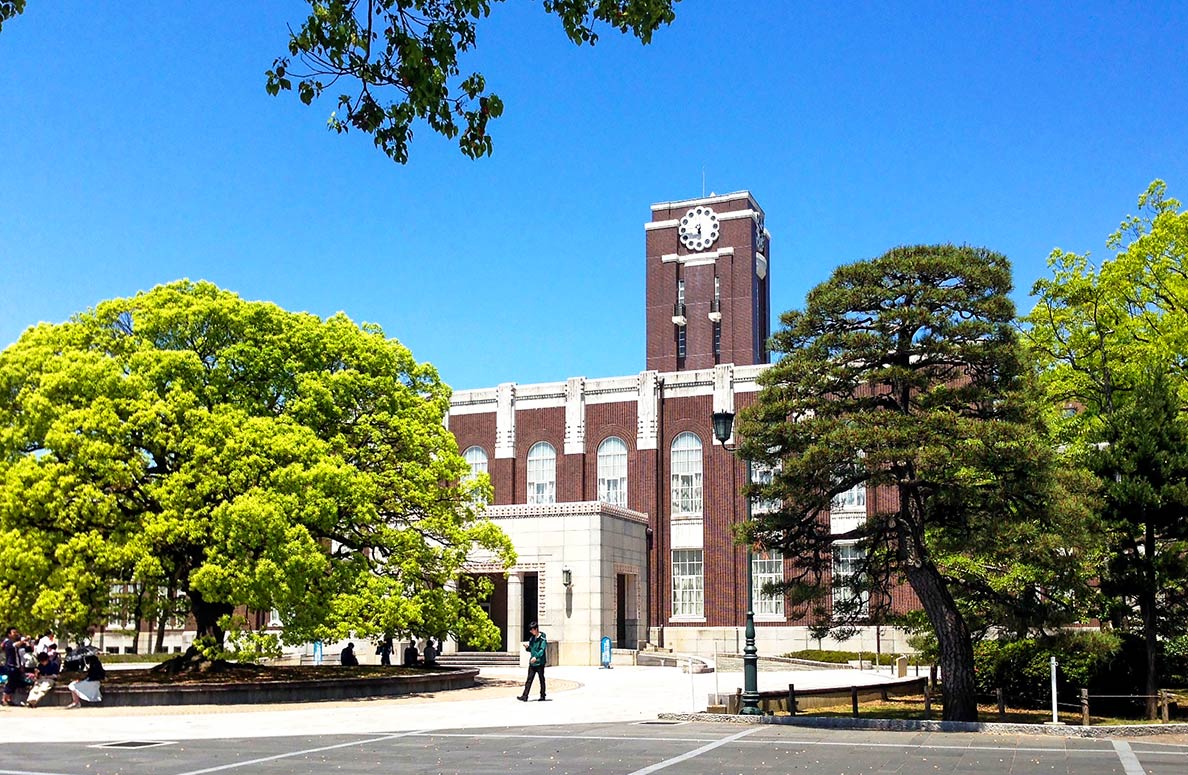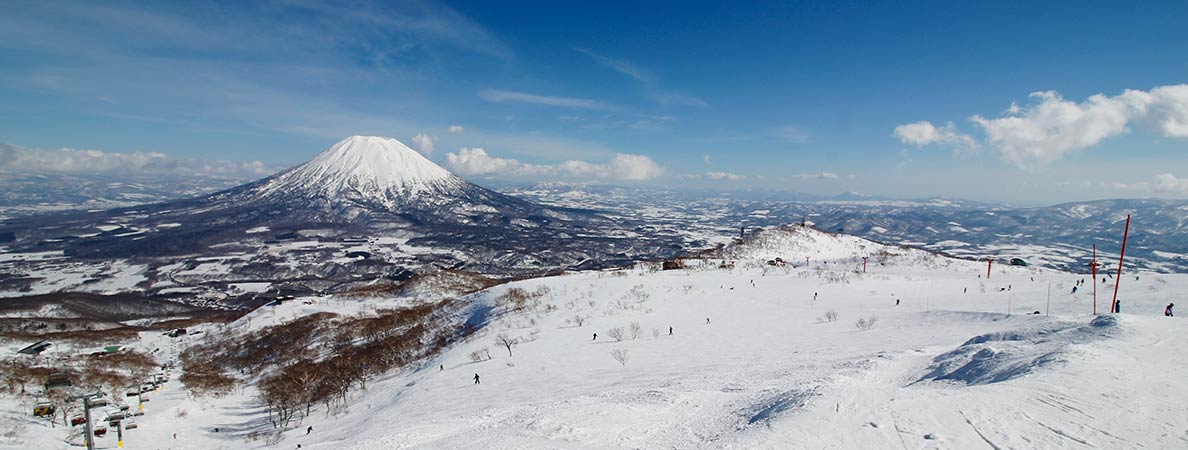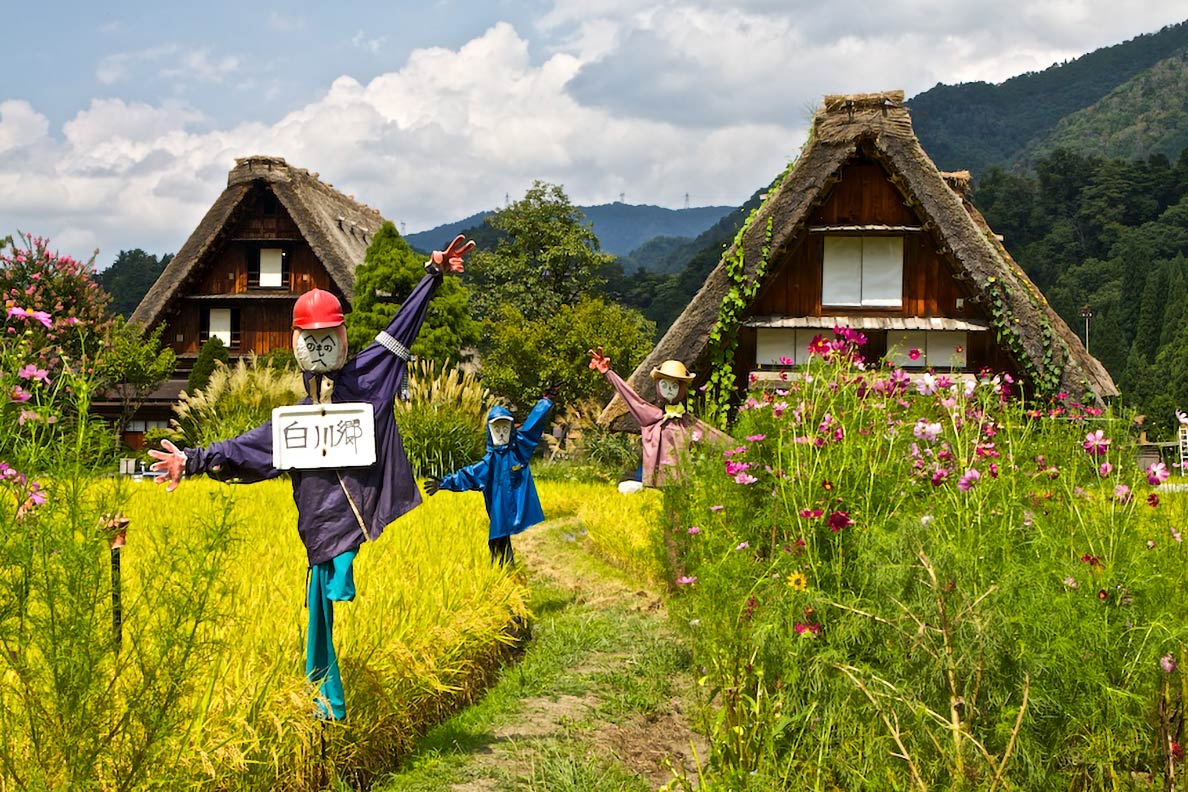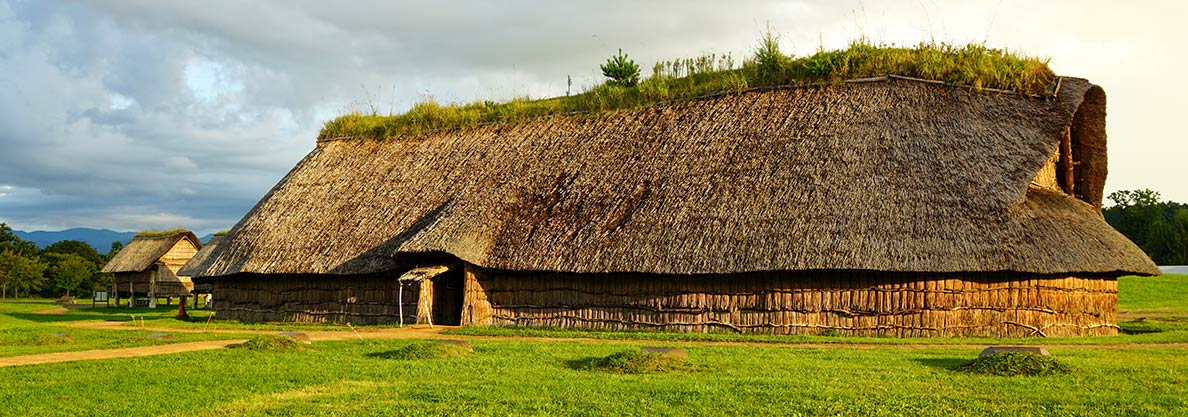Business & Economy of Japan
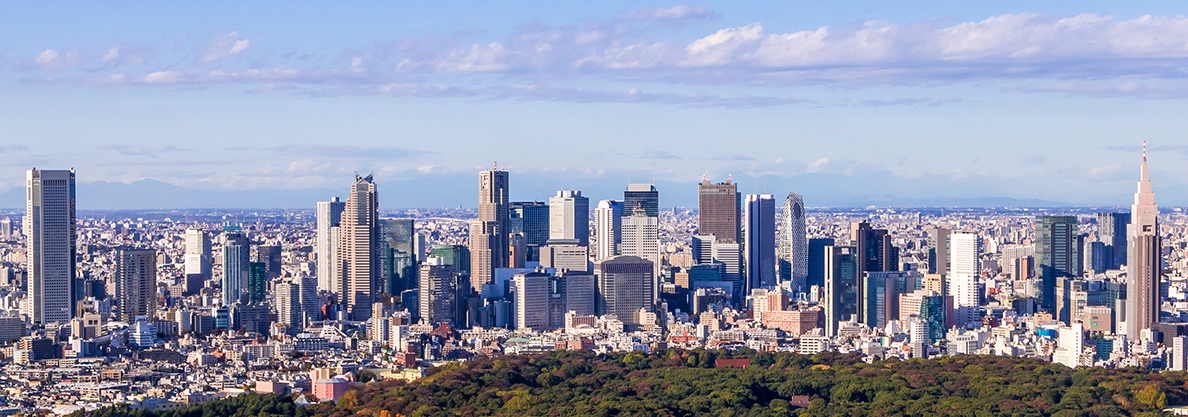 Skyscrapers of Shinjuku in Tokyo, Japan's financial center.
Image: Kakidai
Economy of Japan
Skyscrapers of Shinjuku in Tokyo, Japan's financial center.
Image: Kakidai
Economy of Japan
Japan is among the world's most literate and technically advanced nations; its economy is a highly developed free-market economy and the third-largest in the world by nominal GDP. Japan is ranked 7th in the 2020 Best Countries survey power ranking.
[1] But Japan is also the most indebted country in the world, with a debt-to-GDP ratio of 235%.
The nation's main export goods are cars, consumer electronics, computers, semiconductors, copper, iron, and steel. Other key industries in Japan are petrochemicals, pharmaceuticals, bio-industry, shipbuilding, aerospace, textiles, cosmetics, and processed food.
Bank of Japan
The Central Bank of Japan. The Japanese central bank is a legal person and not a government agency or a private corporation.
Nikkei
Index of the Japanese stock market.
Japan Exchange Group (JPX)
Financial services corporation that operates the exchanges of the Tokyo Stock Exchange and the Osaka Securities Exchange.
Japan Chamber of Commerce and Industry (JCCI)
JCCI is a network of local economic organizations made up of the representatives of some 1.26 million member businesses nationwide.
Tokyo Chamber of Commerce
and Industry (TCCI)
The TCCI is an economic organization, founded in 1878; the chamber represents the commercial and industrial interests of businesses of the 23-ward area of metropolitan Tokyo.
Japan External Trade Organization
(JETRO)
JETRO is a Japanese government-related organization that promotes mutually beneficial
trade and investment relations between Japan and other nations.
Top Japanese Brands
Automotive
Japan's automotive industry is one of the largest industries in the world. Japan was among the three countries with the highest production of cars since the 1960s, surpassing Germany. Japan was the pioneer in robotics manufacturing of autos starting in the late 1970s.
Daihatsu
Japanese automobile manufacturer of small cars, the company was founded in 1907. The company is now a subsidiary of Toyota.
Honda
Japanese multinational manufacturer of automobiles, aircraft, and motorcycles, with its headquarters at Minato, Tokyo.
Isuzu
A Japanese manufacturing company for commercial vehicles and diesel engines, headquartered in Tokyo.
Kawasaki
Kawasaki Heavy Industries is, outside Japan, best known as a manufacturer of motorcycles and outboard engines.
Mazda
Japanese automobile manufacturer based in Aki District, Hiroshima Prefecture.
Mitsubishi Motors
One of the three major heavy industrial manufacturers in Japan is also a manufacturer of cars; the company is based in Tokyo.
Nissan
Japanese multinational automaker headquartered in Nishi-ku, Yokohama. By now, it is the world's largest manufacturer of electric vehicles.
Subaru
The automotive division of Fuji Heavy Industries (FHI) is the largest manufacturer of all-wheel-drive passenger cars. Its headquarters are in Ebisu, Shibuya, Tokyo.
Suzuki
The Japanese manufacturer of motorcycles, cars, and outboard motors has its headquarters at Hamamatsu, Shizuoka Prefecture.
Toyota
Japanese multinational company and the world's largest automotive manufacturer, headquartered in Toyota, Aichi, Japan.
Lexus is the luxury vehicle division of Toyota.
Yamaha
Japanese multinational manufacturer of motorcycles, power sports equipment, musical instruments, and electronics.
Beauty & Fashion
Kanebo
Beauty and Health made in Japan.
Kansai Yamamoto
Japanese Contemporary fashion.
Kenzo
French luxury house founded in 1970 by Japanese designer Kenzo Takada.
Shiseido
The Japanese answer to CHANEL & Co.
Uniqlo
Japanese casual wear designer, manufacturer and retailer.
Mikimoto
Japanese luxury pearl company.
Beer
Kirin
Kirin Brewery Company, Ltd.
Sapporo
Japanese Beer.
Cameras
Canon
Fine cameras and copiers.
Konica Minolta
More fine cameras.
Nikon
... and more fine cameras.
Consumer Electronics
Bandai
Manufacturer of toys, from the Rhythm Ball (1950) to Sailor Moon (1993), to Tamagotchi (1996), Digimon (1997), and
much more.
Nintendo
Formerly a Japanese card company, now a multinational manufacturer of video games and game consoles, headquartered in Kyoto.
Panasonic
Japanese multinational electronics corporation headquartered in Kadoma, Osaka.
Pioneer
Japanese Hifi. Japanese multinational corporation with its headquarters in Bunkyō, Tokyo.
SEGA
Entertainment universe. Japanese multinational video game developer headquartered in Tokyo.
Sharp
Japanese multinational corporation, manufacturer of a wide range of electronic consumer and business products, they are headquartered in Sakai, Osaka Prefecture.
SONY
MULTI-media.
Dentsu
One of the largest advertising agencies in the world.
Heavy Industry
There are three major heavy industrial manufacturers in Japan.
Ishikawajima-Harima Heavy Industries (IHI)
IHI Corporation produces ships, aircraft engines, turbochargers for automobiles, industrial machines, space products like sounding rockets and launch vehicles, energy systems (industrial power station boilers), and other facilities.
Kawasaki Heavy Industries (KHI)
Japanese multinational corporation is a major player in the area of shipbuilding, aerospace engineering, vehicle construction (railways, construction vehicles, motorcycles), building construction and civil engineering, as well as machine and power plant construction (robots, bag conveyor systems, and gas turbines).
Mitsubishi Heavy Industries (MHI)
Japanese multinational company with 300 subsidiaries, active mainly in the heavy industry, mechanical and automotive engineering, and in the aviation and electronics industry, headquartered in Tokyo.

